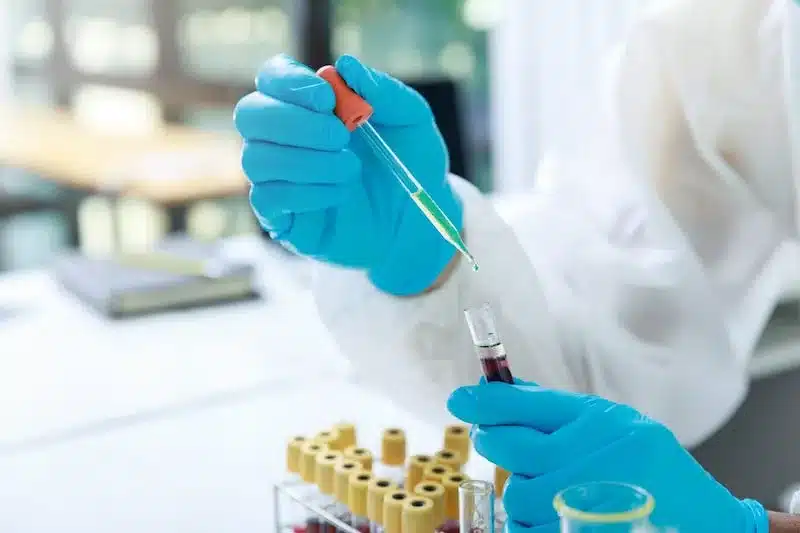Laboratory-Developed Tests: A Best Practices Primer

Laboratory-developed tests (LDTs) played a critical role during the COVID-19 pandemic. In fact, many current molecular tests were developed as laboratory-developed tests, outside the strict regulatory framework of the U.S. Food and Drug Administration (FDA).
This does not mean that the laboratory-developed test landscape is a kind of scientific Wild West with no regulatory scrutiny. In fact, the process, which has been regulated since 1988 by CLIA (Clinical Laboratory Improvement Amendments), must follow stringent guidelines and best practices.
Under the CLIA1,2 regulations, clinical laboratories can modify FDA-approved tests, and develop their own tests by following the requirements to validate the performance and characteristics of the LDT.1,2
The more complex the test is to perform, the more stringent the CLIA requirements.
LDTs are high-complexity tests, and the laboratory must meet all applicable CLIA requirements for high-complexity testing. There are also state regulations and payor requirements that can apply to labs to perform testing or be eligible for reimbursements. Laboratories must establish and validate all analytical and clinical performance specifications before initiating patient testing. In addition to accuracy, precision, specificity, sensitivity, PPV (Positive Predictive Value), and NPV (Negative Predictive Value), laboratories must also establish:
- Reportable range
- Reference range
- Appropriate calibration and quality control methods
- Procedures for maintenance and function checks
- Specimen integrity/stability criteria
- Interfering substances
Laboratories developing LDTs are required to provide a statement indicating that the specifications were established by the organization that developed the test and a statement indicating that the test has not been cleared by the FDA.
Best Practices for Laboratory-Developed Tests
While there are specific regulations that laboratories must follow in creating a laboratory-developed test, there are also a set of best practices3 that underlie these rules that will help labs create a viable test, including:
- Validation panels and Quality Control (QC) materials
- Having a written procedure describing how validation studies were performed
- Establishing criteria for acceptability and the retention of raw data, conclusions, and laboratory director approval
- Developing and maintaining a detailed procedure manual for the test
- Enrolling in proficiency testing or developing testing to measure accuracy and reliability
- Retaining detailed documentation of all test activities
Laboratory-developed tests utilized by certified CLIA-accredited laboratories offer expanded testing opportunities that may not otherwise be available. These tests provide information that may positively impact patient care and reduce the overall burden of costs to healthcare systems.
Article Originally written by CLP
Do you have control of your lab’s testing?
NATtrol infectious disease molecular controls for quality control testing. »Download brochure
Seegene is a distributor of ZeptoMetrix NATtrol products.
Learn More
https://seegeneus.com/molecular-controls/
REFERENCES
-
Modernization of CLIA: Laboratory Developed Tests (LDTs) | myADLM.org (aacc.org)
-
“Laboratory Developed Tests: Greater Role Leads to Increased Federal Oversight.” COLA’s Insights. November/December 2015. https://www.cola.org/insights-newsletters/2015/Nov/insights.pdf
-
MM17: Validation of Multiplex Nucleic Acid Assays - CLSI
